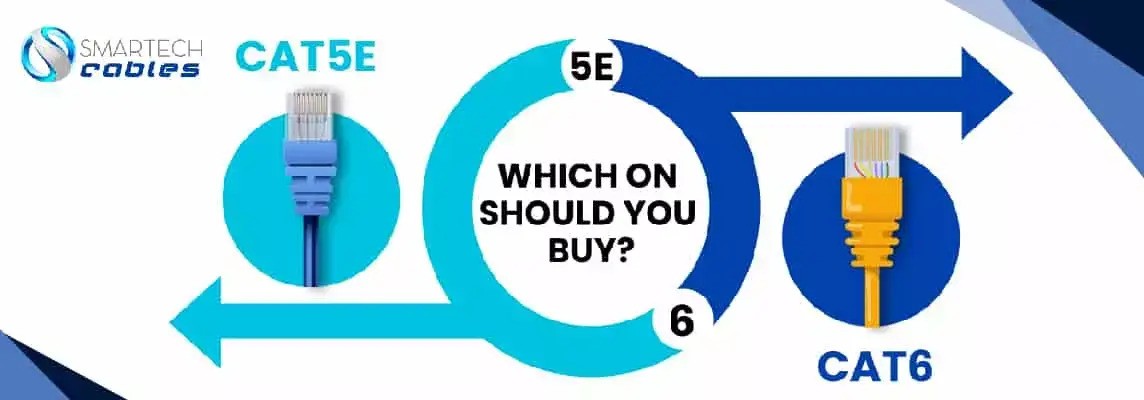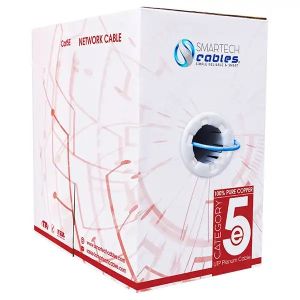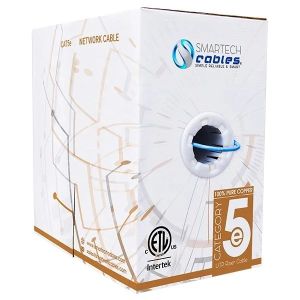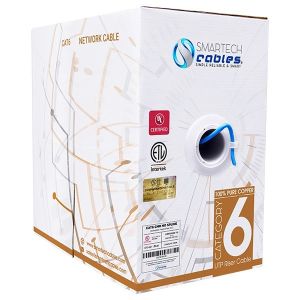When we talk about cat5e vs cat6 comes to our mind, we start thinking about the differences between these two cables. it’s essential to understand these two cable types first. Let’s start with the cat5e cables first. These cables are also known as category 5 enhanced cables. Currently, this category is one of the most selling ethernet cables in the networking world. Talking about the cat6 cables these are a further enhanced version of its predecessor. These cables are commonly known as category 6 cables. If we talk about the overall speed and efficiency of these cables, it’s excellent. Now both these cables offer good performance but at the same time, many people just want to know about the differences between these two cables. If you are the one then this article is for you.
Guaranteed Best Price !
Cat5e Vs Cat6: How is the bandwidth speed?
The bandwidth speed is one major aspect that all network users should know about. When you shop for an ethernet cable, you cannot forget the importance of bandwidth speed. In the case of both these cables that we are comparing, the difference in their bandwidth speed will help you a lot. The cat5e cable has a bandwidth speed of 350 MHz Note that this bandwidth speed is the maximum that you can achieve with the help of this cable. If we talk about the successor of the Cat5e cable, it supports bandwidth frequencies up to 550 Mhz. So, the difference in bandwidths frequencies is one of the main reasons to consider before buying any of these cables for your local area network system.
Cat5e Vs Cat6: Difference of Transfer Speeds?
The data transfer speed or data transfer rate is nearly the same aspects. Now, when you connect these cables, we mean cat5e vs cat6, you expect them to help you move the data-carrying signals efficiently. Therefore, we also have to consider the transfer speed of an ethernet cable before we order it from an online store. Now, talking about the cat5e cable’s transfer rate, it’s quite adequate for an average user. It supports a maximum transfer speed of 100Mbps. Whereas its successors, the cat6 cables support transfer speeds up to 1000MBPs. In other words, we can say that the cat5e cables support fast Ethernet applications and cat6 cables are ideal for gigabit ethernet applications.
Enhanced Cable Category:
It is pretty much understood now that the cat6 cables offer less crosstalk and also better overall performance. Now, the simple reason for this improved performance is that it’s a better cabling option compared to its competitors. It has better bandwidth speed and also improved or in other words enhanced data transfer speed.
The improved shielding of the cat6 cables helps them offer great resistance to interferences such as crosstalk. The twists of pairs are also better in the plenum-rated cat6 cables. So, all in all, these improvements may seem tiny on a piece of paper, but it’s these differences that enhance the performance of these cables.
Conclusion:
So cat5e vs cat6 debate is never going to end that soon. You as a user have to decide which one suits your kinds of network needs. One important thing to note here is that the kind of network setup you have, you should always buy the compatible network cables. in case of better speed, you shouldn’t buy a cable that doesn’t work with your current network accessories. So, keep this in mind.







